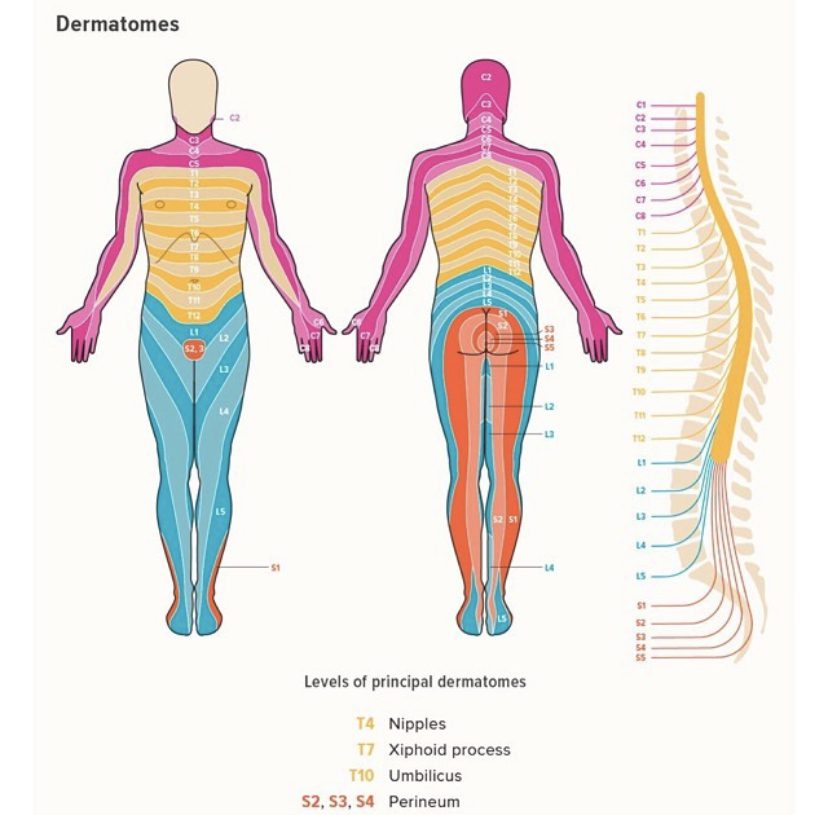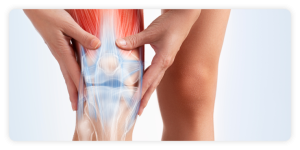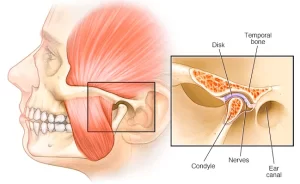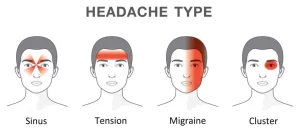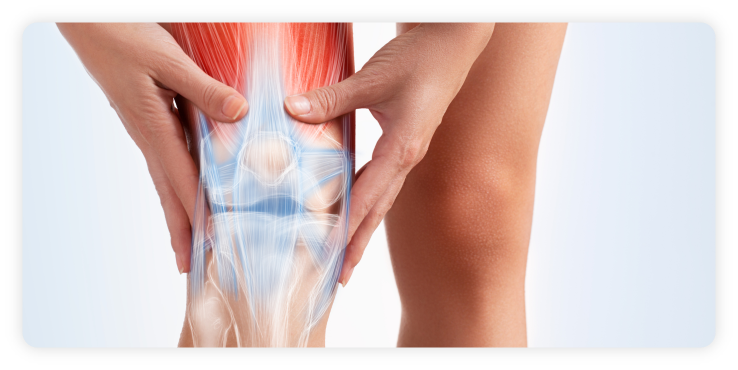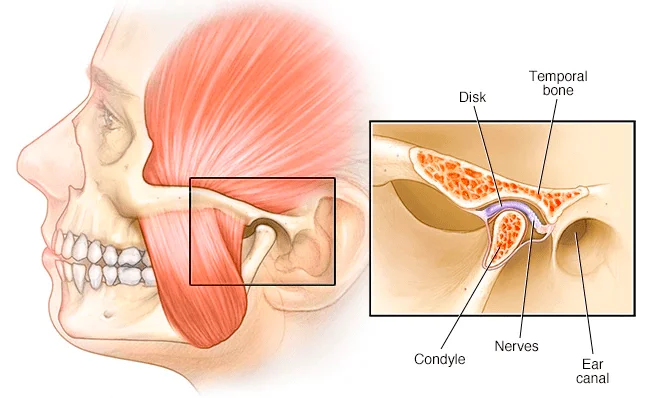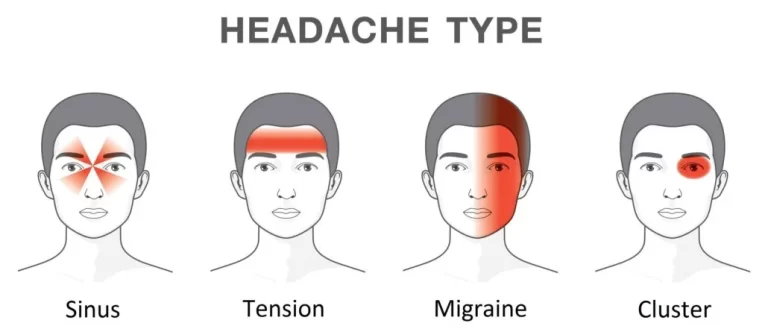What are Dermatomes?
Did you know that our human body is divided into multiple skin zones known as Dermatomes?
Each specific dermatome is supplied according to the spinal nerve. The nerves from the neck supply the arms, those from the upper-middle spine supply the chest/abdomen, and those from the lower spine supply the legs. The assigned nerve transmits sensory input like pain, touch, temperature, or vibration from a particular region of the skin to the brain. The nerves enter the nerve root at the spine and then travel toward the periphery of the body. When the nerve root gets irritated or injured, the person can experience pain or neurological symptoms such as tingling or numbness in a specific area of the skin without having suffered a local injury. Dermatomes are especially useful to diagnose the level of spinal injury or dysfunction.
Dermatomes actually develop during the embryo stage. As we grow, they “twist” and overlap instead of following a regular pathway.
In reference to the anatomical image:
C1 does not have a dermatome.
C2 dermatome handles sensation for the upper part of the head.
C3 dermatome covers the side of the face and back of the head.
C4 dermatome covers parts of the neck, shoulders, and upper part of the arms.
C5 dermatome covers the outer part of the upper arm down to about the elbow.
C6 dermatome covers the thumb side of the hand and forearm.
C7 dermatome goes down the back of the arm and into the middle finger.
C8 dermatome covers the pinky side of the hand and forearm.
Clinical scenario: A patient complains of pain with associated reduced sensation in the little and ring fingers as well as the inner part of their hand. They did not injure their hand but slept with their neck in a funny position the previous night and woke up with some neck stiffness. During the assessment, there is no hand or forearm lesion detectable. Neck movements are uncomfortable and restricted indicating that one of the nerve roots at the base of their neck (between the cervical vertebra 7 and thoracic vertebra 1) has been irritated causing pain that reduces sensation in the two fingers and hand.
Curious About How Dermatomes Relate to Your Pain?
Understanding dermatomes can offer insights into how nerve pathways influence symptoms across different areas of the body. An osteopathic assessment may help trace these patterns and support a more comprehensive view of your condition. Learn more about consulting an osteopath in Singapore.
